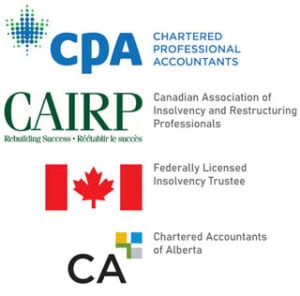When people hear about or think about bankruptcy, the first thing that comes to mind is that they will lose everything if they go bankrupt. In most cases, many of a person’s personal assets are exempt from seizure in a bankruptcy. What you can or cannot keep depends on the province in which you reside.
WHO SETS THE RULES?
Although the Bankruptcy and Insolvency Act is Federal Legislation, and is exactly the same across Canada, Section 67 of the Bankruptcy and Insolvency Act allows each province or territory to set or regulate which assets their residents can keep in a bankruptcy. The provincial legislation varies in name and in most cases, the provincial laws are referred to as Civil Enforcement or Exemption Acts.
In Alberta, the legislation is referred to as the Civil Enforcement Act of Alberta.
A SUMMARY OF THE ALLOWABLE ASSETS AVAILABLE TO AN ALBERTA RESIDENT IS AS FOLLOWS:
- Necessary clothing and personal effects to a liquidation value of $4,000.00;
- Household furnishings and appliances to a liquidation value of $4,000.00;
- Tools of the trade or property used by the debtor to earn his or her principal source of income to a maximum value (or equity therein*) of $10,000.00;
- One vehicle to a maximum value (or equity therein*) of $5,000.00;
- Certain pensions, RRSP’s, RRIF’s and segregated funds;
- $40,000.00 equity* in your principal residence or your pro-rata share thereof;
- Certain life insurance policies;
- Certain medical and dental aids;
- Other special exemptions for farmers
*Equity = The Asset’s value minus any liens, mortgages, or encumbrances against it
PLEASE NOTE:
An individual’s exemptions are subject to the provisions of any security agreement, lien or interest registered against an asset by a secured creditor, and if valid, the creditor’s rights and remedies provided for in that agreement. If an individual fails to make the agreed upon payments, or fails to satisfy any other terms of a valid security agreement, the creditor may repossess the asset. If an agreement is not registered, the original secured creditor’s interest passes to the bankruptcy estate for realization on behalf of the general body of unsecured creditors.



